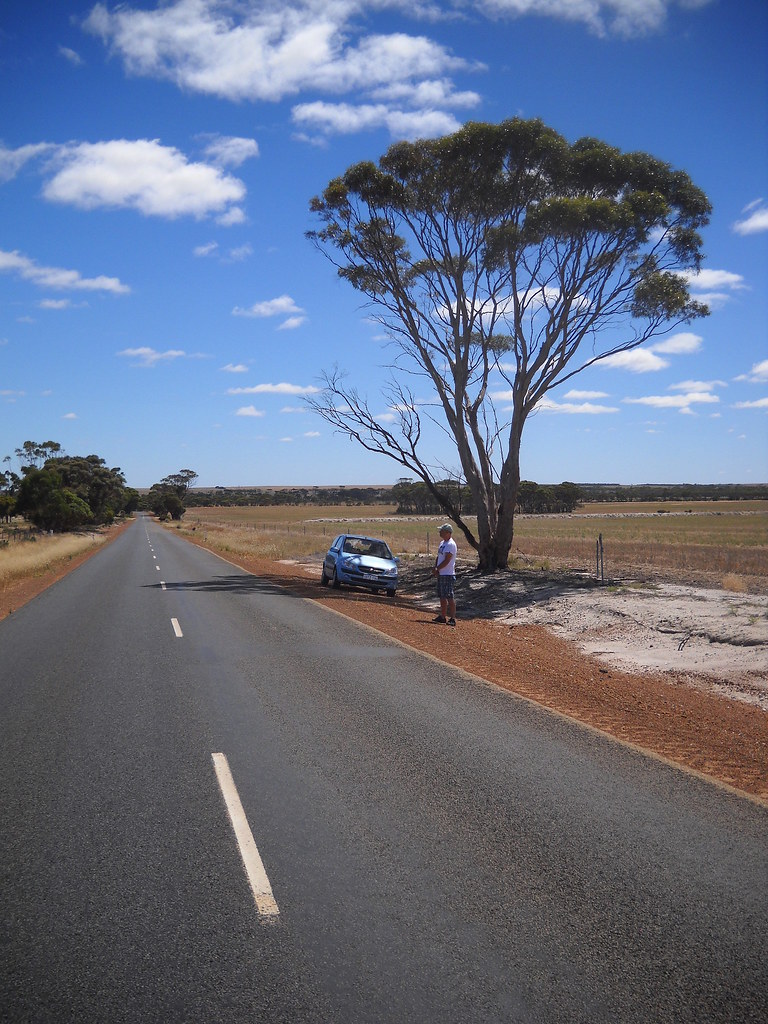
Imagine the United States in the year 2100, where the bustling streets of thousands of cities have quieted, leaving behind virtual ghost towns. This isn’t a scene from a dystopian novel but a projection from a recent study published in Nature Cities, which suggests that nearly half of the U.S. cities could face significant depopulation by the end of the century.
The study, led by urban engineer Sybil Derrible from the University of Illinois Chicago, paints a picture of an urban landscape in flux, with the populations of some 15,000 cities dwindling to fractions of their current numbers. The research, originally intended to assess transportation challenges in Illinois, expanded to a nationwide analysis, revealing a trend that spares no state except Hawaii and Washington, D.C.
The research team analyzed data from the U.S. Census and the American Community Survey, spanning from 2000 to 2020, to model future trends.
Their projections are startling: cities like Cleveland, Ohio; Buffalo, N.Y.; and Pittsburgh, Pa., could see population decreases of 12 to 23 percent by 2100. Even cities not currently experiencing declines, such as Louisville, Ky.; New Haven, Conn.; and Syracuse, N.Y., are likely to shrink in the future.
The Northeast and Midwest are expected to be the hardest hit, with states like Vermont and West Virginia potentially seeing over 80 percent of their cities decline. The study also found that while 43 percent of cities are currently losing residents, around 40 percent are growing, with the South and West likely to see population gains.
The factors driving these trends are complex and varied, including housing costs, industry decline, birth rates, state taxes, and climate change impacts. Urban planning scholar Justin Hollander from Tufts University, not involved in the study, commends the research but cautions against the uncertainty of long-term projections.
Despite the challenges, the authors view this as an opportunity for creativity in rethinking urban development. Derrible suggests, “It’s an opportunity to be more creative.” The study’s findings highlight the need for local governments to adapt to the changing needs of their residents to prevent the potential disruptions in services like transit and utilities.

Derrible emphasizes the need for a paradigm shift in urban planning, stating, “The way we’re planning now is all based on growth, but close to half the cities in the U.S. are depopulating.” This calls for a move away from growth-based planning to strategies that address the challenges of shrinking cities.
As we look to the future, it’s clear that the landscape of American cities will undergo dramatic changes. The study serves as a wake-up call for policymakers to prepare for a future where growth is no longer the norm, and adaptability becomes the cornerstone of urban planning. The full implications of this shift are yet to be seen, but one thing is certain: the cities of tomorrow will require innovative solutions to thrive in the face of depopulation.
Related posts:
Thousands of U.S. Cities Could Become Virtual Ghost Towns by 2100
Thousands of US Cities Could Verge on Becoming Ghost Towns by 2100, Study Finds
Thousands of U.S. cities could become ghost towns by 2100





